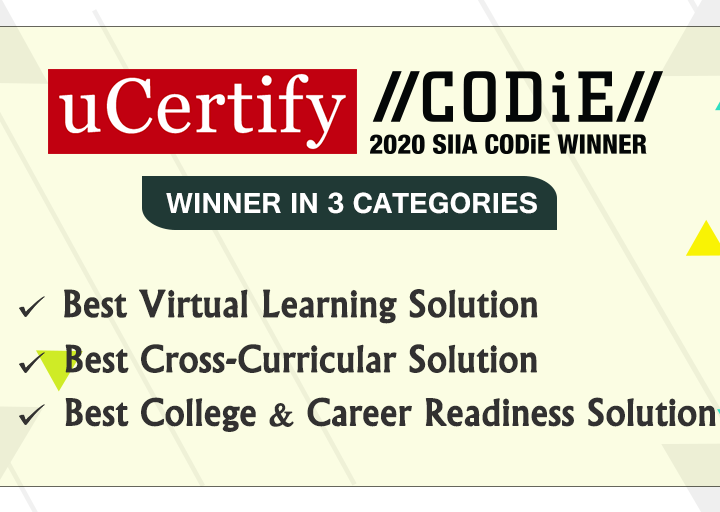A system is defined as “A group of related elements or activities which are organised for a specific purpose.” (British Computer Society)
The study of systems stems from the study of biology. Ludwig Von Bertalaniffy, developed the Kinetic Theory of stationary open systems and the Theory of the General System. He was first to apply the system methodology to psychology and to the social sciences.
Currently people like Peter Senge has been popularised for his philosophies in learning organisations. To Peter Senge system thinking is an organisation where you must be aware of the interconnectedness of component parts and how theses component parts impact on each other.
Figure 1, IPO Model
A system can be modelled using the basic IPO model. Figure 1 illustrates the three fundamental component parts: Input, Process and Output. The IPO model describes how a process can transform and input to give a desired output.
The Feedback loop element ensures that the system has the ability to measure is outputs by quantitative or qualitative methods. This analysis can allow the powers to be to adjust the input and or the process to obtain the desired output.
There is an element that is not visible in Figure 1 which is the management of resources that allows the processes to take place. Resources can be categorised in to the following areas:
- Human Resource Management
- Financial Management
- Information Management
All the departments in an organisation can be put into one of the above categories. Each of these is also interlinked because they are part of the larger system which is the organisation.
If we put this in to context and look at a typical organisation that is based on memberships; if one was to carry out a single function for example running a query on the system to find out which members are in arrears in renewing their membership, all the three Resource Management areas are affected;
- Human Resource Management – an employee of the society using the administration portion of the web site.
- Financial Management – the cost the maintenance and upkeep of the system and other basic amenities such as heating, lighting and accommodation, need to be allocated.
- Information Management – the information management is in the form of a computer spreadsheet that is used to produce a list of tasks to be carried out for a given time and date.
As you may have understood from the Author’s example, even a basic function encompasses the three Resource Management elements. Each of these elements is of equal importance.


